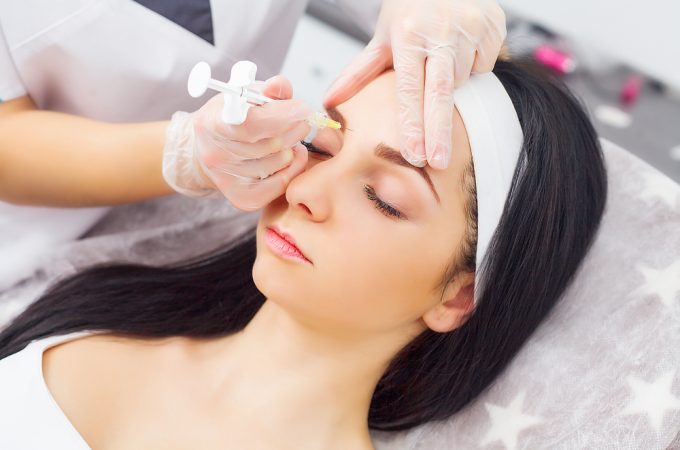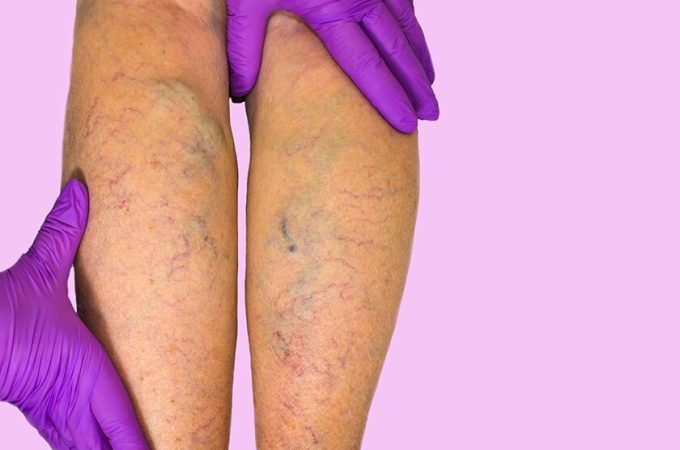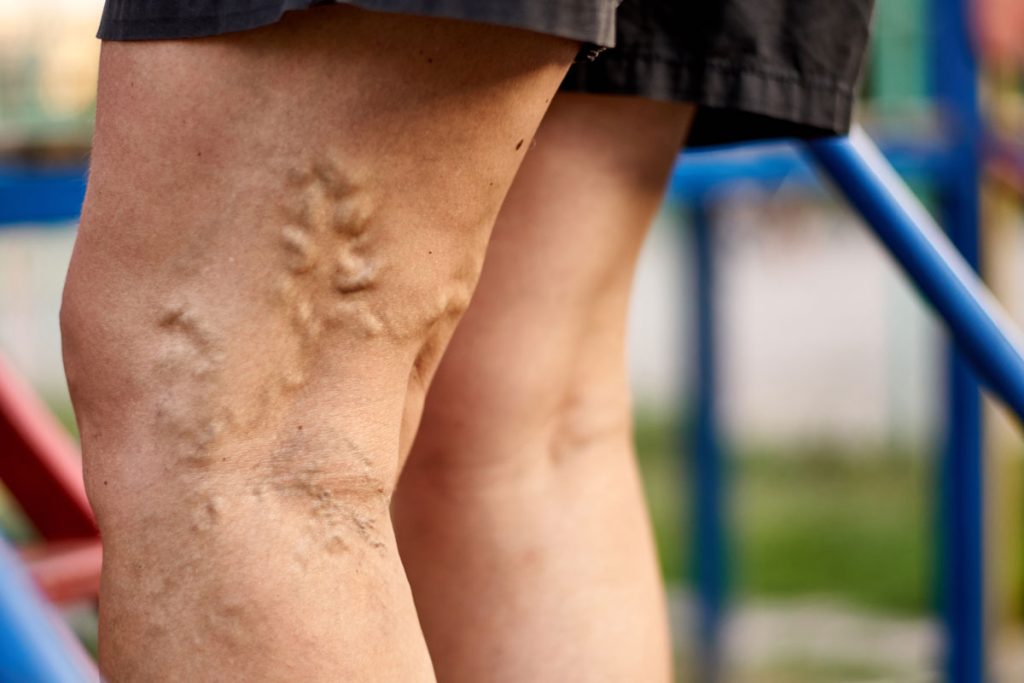Selecting the right option between Botox or Fillers for your skin is essential if you want to take any treatments. First, you should know which one would be best for you cause they both serve the same purpose, but their treatments and the substance used in them are different.
These are a few of the things you should know before having surgery:
- What Is Botox?
Many people may think what is botox made of?, Botox is the toxins that are made by the bacterium Clostridium botulinum, This is a neurotoxin that is used in the treatment. The substance used in Botox is dangerous and can do damage if used incorrectly. Botox is injected through needles into your face muscles’ fine lines and wrinkles. Botox injections paralyze and block some nerves of specific muscles in your face.
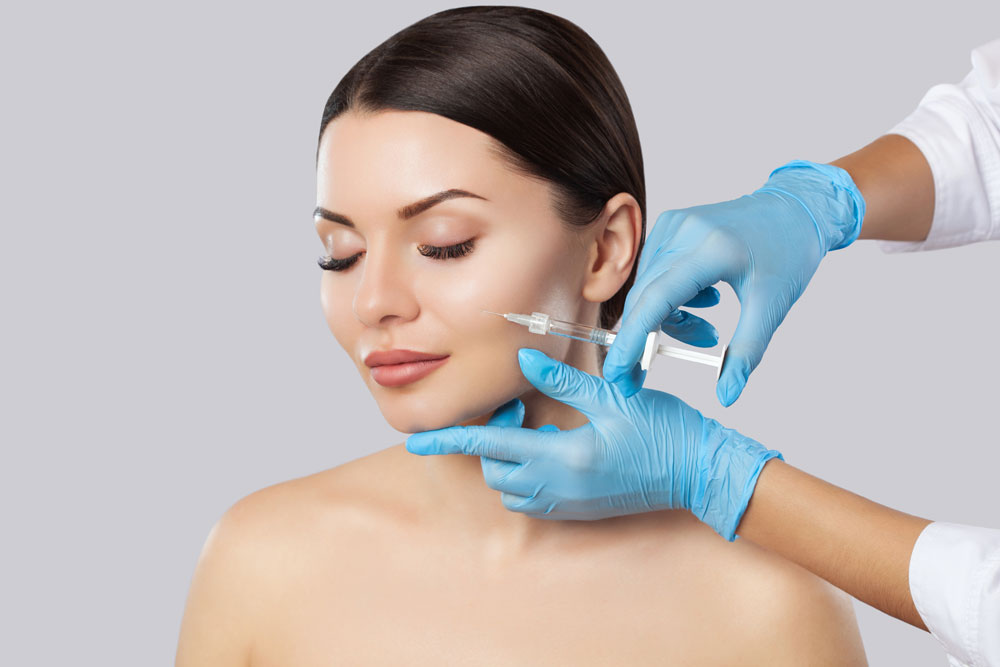
The effect of using Botox lasts up to twelve months; it usually depends on what muscles of your face you are treating. There are a few side effects of botox that may happen. This toxin could cause disease, namely botulism, which is a type of food poisoning.
- What Are Fillers?
Lip fillers are popular among many people. These are a type of dermal filler that a person could use to increase the volume of their lips and make their lips look good. In lip fillers, a natural substance is used from a human body consisting of synthetic hyaluronic acid. Its effect may last for 8 to 12 months, and it may depend on the person on whom lip fillers are being used.
These are used to reshape the volume of your lips and cheeks. Fillers are also used to improve the shape of the jawline. These fillers don’t cause too much pain after being injected into your facial muscles. The narcotic substance is used to make the treatment less painful. A narcotic substance may cause the treated area to get swollen for starting few days of treatment.
- How Do Lip Fillers Work?
Lip fillers are made out of natural substances such as Hyaluronic acid, Calcium hydroxylapatite, polymethyl methacrylate, etc. These substances are filled in your lips through injections, and it helps in smoothing the under-eye circles or increasing the volume of your lips, etc.
Substance like HA is found in our skin that keeps our skin nourished and volumized. HA don’t cause a lot of damage as they could be gradually absorbed by your skin after some months. HA is mixed with numbing agents like lidocaine to make the treatment more comfortable. Many more fillers substances could be used for a lip filler treatment.
Every substance has its own advantages and disadvantages. A particular substance should be used according to the area of the face. However, you should always take a bit of advice about that from a certified dermatologist or a cosmetic substance.
- Botox Vs. Fillers What Is More Effective For You?
The choice between both of them has to be taken after considering what area of the skin you are treating. Many doctors suggest that using botox on the area of expression lines where your muscles are contracting is a great choice. However, the filler should be used in areas where facial muscles are not contracting, and the deep lines of your face are at rest.
Botox can be used before the wrinkles appear on your skin are formed to prevent wrinkles and make your face look better. While botox is used for paralyzing facial muscles, fillers are used to fill the loss of volume. The results of botox treatment take place after two or three days or sometimes even more. However, fillers are visible immediately. Fillers last more time than botox.
Advantages Of Hyaluronic Fillers
The main point that arises is that hyaluronic is a natural gel-like substance that supports the tissues of your skin and increases the volume of the lips and cheeks. It gives you better control over how much volume you want to improve on your lips. You can treat until you have the desired results achieved.
They are comfortable as you won’t have to go through much pain compared to other fillers. In addition, there are fewer chances that you would get any allergic reaction because they are made out of substances found in your body. Also, any lump and bumps on your face could be treated easily through fillers.
Usual Side Effects And Risks
Injectable treatments have a common side like redness, swelling, bruising and itching, etc. Fillers can cause infection if you don’t take proper care of them. In addition, side effects like Tyndall could cause your skin to look bluish. Tyndall effect usually occurs when hyaluronic acid is not appropriately injected deep or beneath the skin’s surface.
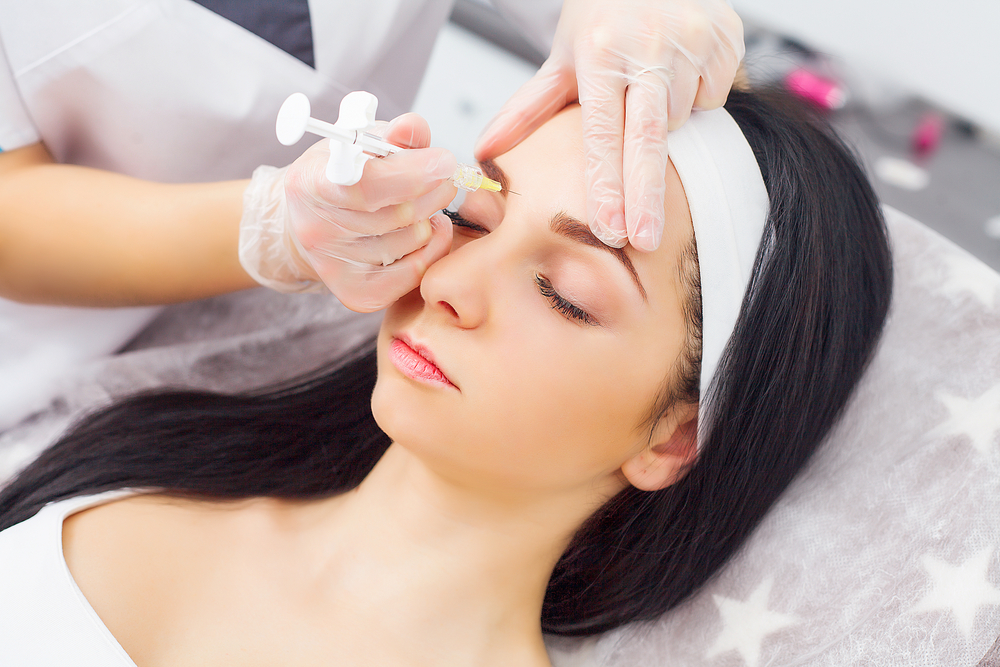
One other side effect of the fillers or botox is that they could have leakage through the injection site. Filler could also cause blindness if it gets injected into an artery that blocks the blood flow to the eye. Dead tissues could also be formed if blood flow is blocked by any chance.
Safety measures to take
To take proper measures, you should always check that the doctor who is going to do your treatment is a well-trained professional. Check what type of filler would be best for your treatment according to the area you will use fillers on. Use filler that a certified medical store provides. Try avoiding filler with lidocaine if you have an allergy to them.

